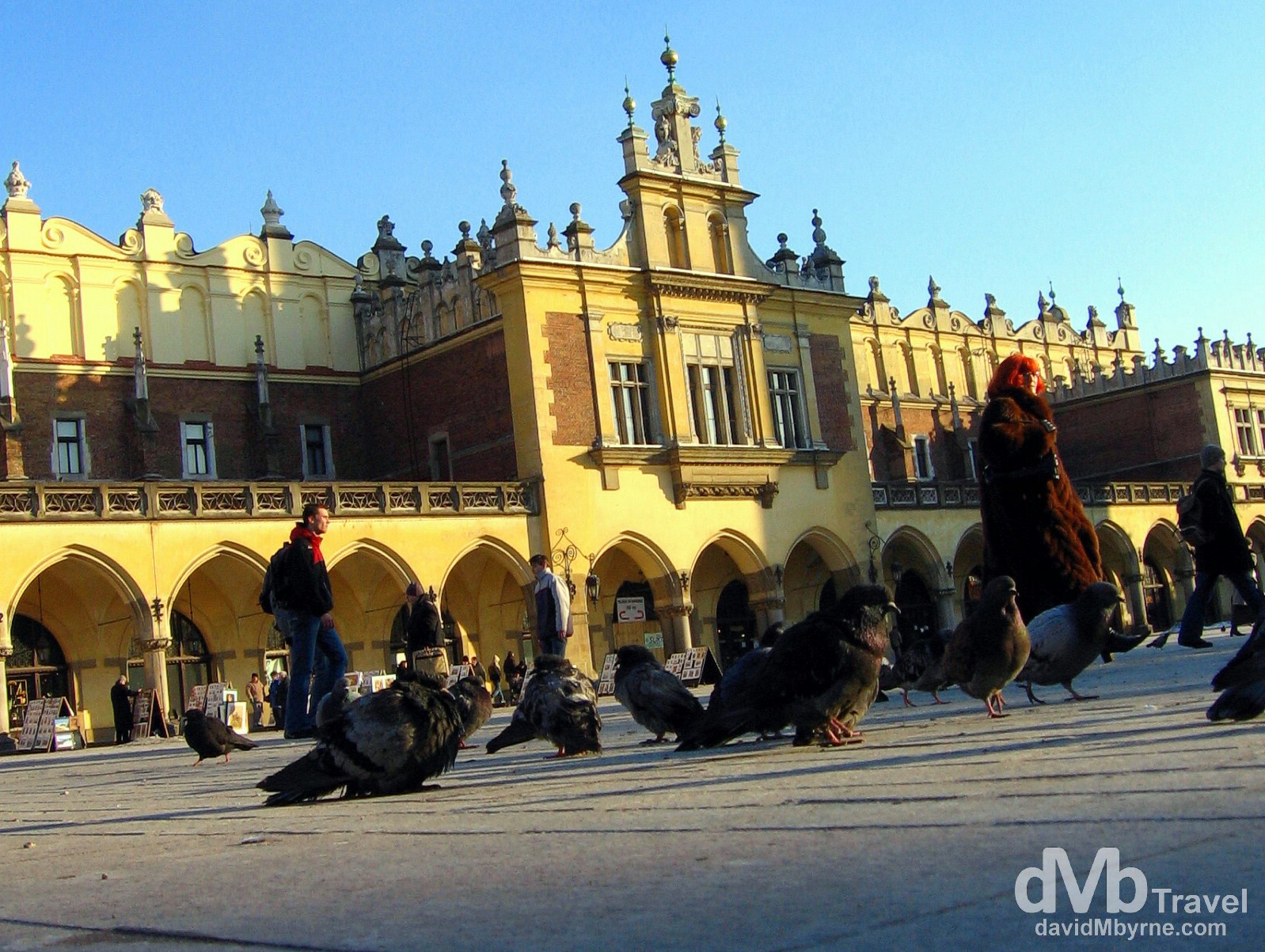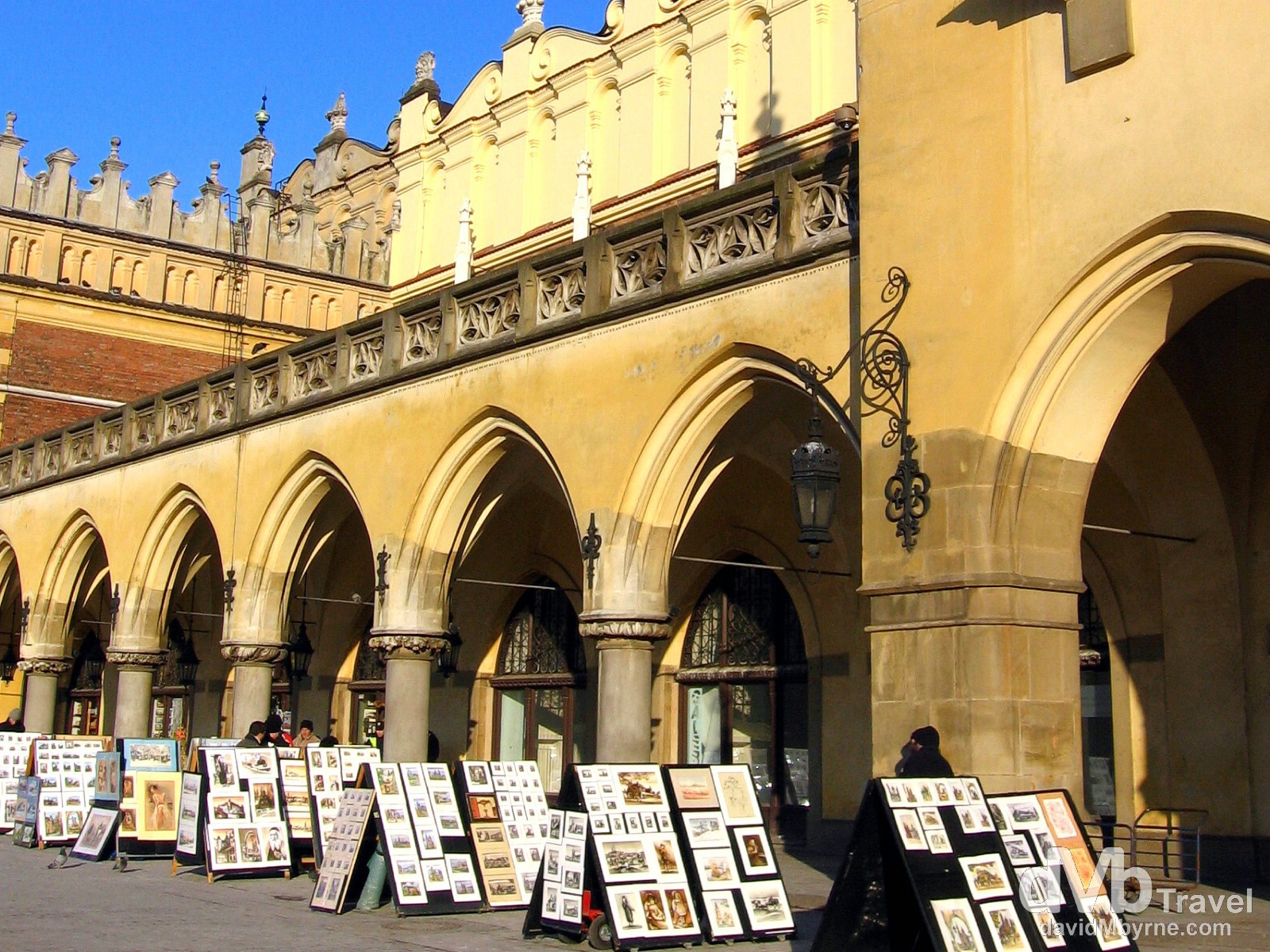The Eastern European country of Poland was largely used as a battleground during World War II when the majority of its cities were reduced to ruin. The only exception to this is Kraków, the country’s cosmopolitan second city & definitely its best preserved one – it miraculously survived the war unscathed. The city boasts a wealth of stunning churches, baroque architecture, 14th-century fortifications and a UNESCO World Heritage listed 13th-century merchants’ medieval Old Town, the largest market square in Europe. It also boasts Poland’s biggest tourist attraction, Gothic Wawel Castle & Cathedral, both iconic symbols of Poland. The city was founded in the 7th century by Prince Krak who, according to legend, secured its prime location overlooking the Vistula river after outwitting the resident dragon. The city flourished as the medieval capital of Poland and the kings ruled from Wawel Castle until 1596 – even after the capital was moved to Warsaw, Polish royalty continued to be crowned and buried at the Wawel Cathedral.

Late afternoon shadows on Cloth Hall in Rynek Glowny (Market Square), Old Town, Kraków (![]() ), Poland. March 6th 2006 || From a March 2006 visit to Krakow, Poland
), Poland. March 6th 2006 || From a March 2006 visit to Krakow, Poland
Rynek Glowny (Market Square) sits in the middle of Kraków’s UNESCO-listed Old Town. At approximately 40,000 m², it is the biggest market market square in Europe. Laid out in 1257 after the Mongol hordes swept through the city, the square has hosted some of the great dramas of Poland’s history & it remains one of the most vibrant and inspiring places in the country. It is surrounded by numerous historical buildings & in its centre sits the square’s central feature, the massively impressive Renaissance Cloth Hall. The hall, as its name suggests, was once a main focus of Kraków’s cloth trade but today its ground floor is full of tourist tat shops selling all things Polish while it’s upper floors house various museums & art galleries, some of which spill out onto the square itself, helping to fuel the cosmopolitan atmosphere the city is renowned for.
______________________________________________________________________

